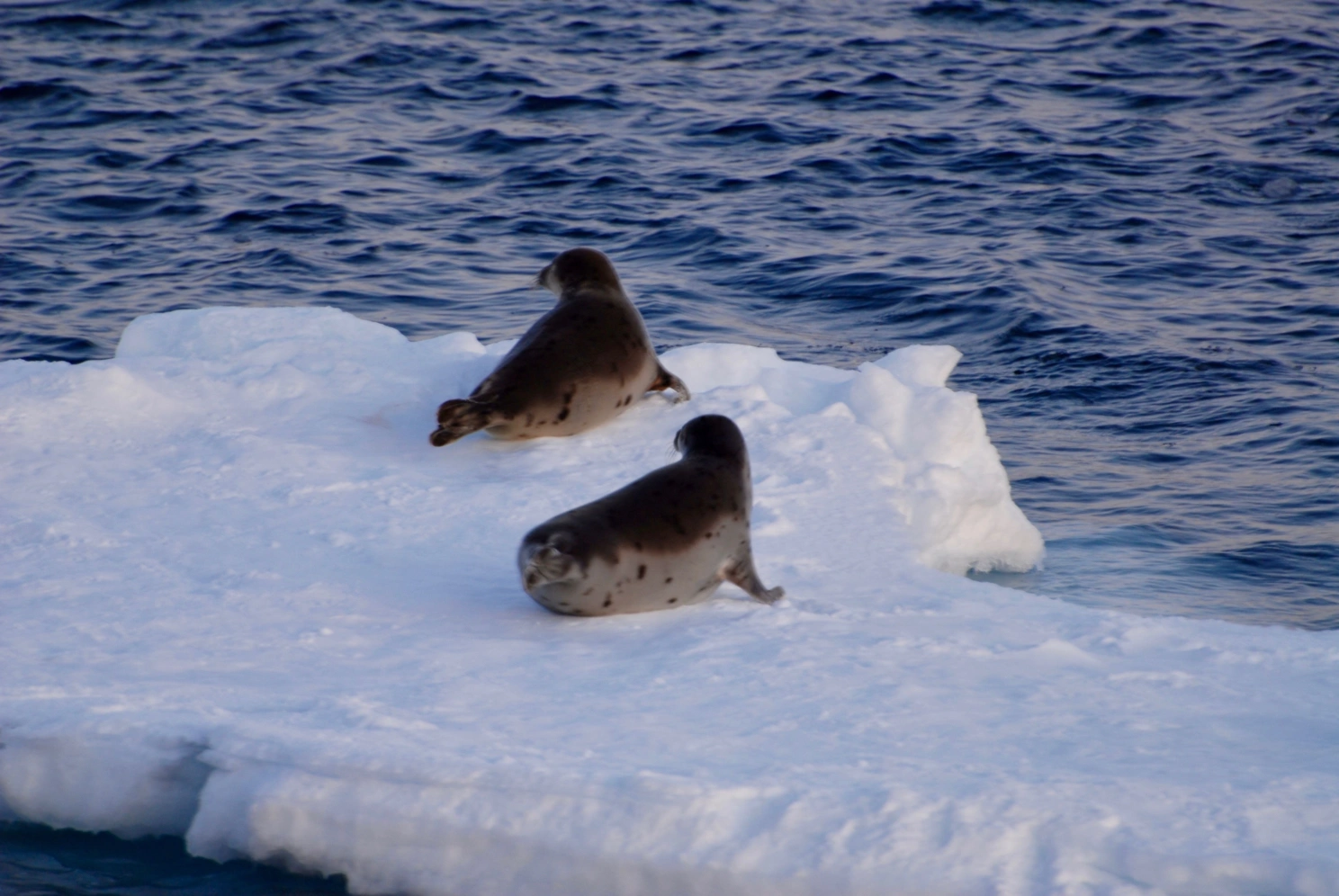Two Systems, One Critical Challenge
The new Global Tipping Point Report is out and warns of potential risks to the Atlantic Ocean Circulation – however, there are large uncertainties about when, or if, the tipping points will be crossed.
Publisert 13. October 2025

Photo: Volodymyr Goinyk/Colourbox
The Atlantic Ocean's major circulation systems may be approaching critical tipping points that could trigger dramatic climate shifts across Europe and beyond, according to a new scientific report. The report examines two interconnected ocean systems, the Atlantic Meridional Overturning Circulation (AMOC) and the Subpolar Gyre (SPG), and their potential for abrupt, irreversible changes.
The AMOC acts as a massive heat pump, transporting warm water north through the Atlantic and returning cold, deep water south. This circulation is responsible for the relatively mild climate that Northern Europe enjoys today. The Subpolar Gyre, located in the northern North Atlantic, is a crucial region where this warm surface water is transformed into dense, deep water through a process called ocean convection.
«While these systems are strongly connected, they can tip independently,» says Andreas Born, a researcher with the University of Bergen and the Bjerknes Centre. Born is one of the researchers who contributed to the report.
An Uncertain Timeline
There is a high degree of uncertainty about when, or if, these tipping points might be crossed. Climate models show that the AMOC is likely to weaken this century, with projections ranging from a modest 3% reduction to a dramatic 72% decline by 2100. Some models project the collapse of deep winter mixing in the North Atlantic before 2050.
"We cannot exclude that a tipping point may already have passed," the report notes. Researcher Marius Årthun who participated in writing the report, emphasizes, however, «that large uncertainties due to biases in climate models and limited observational records».
The observational challenge is significant. The AMOC has only been directly monitored since 2004 through the RAPID project, and these measurements don't yet show a clear weakening trend. However, this may reflect a "tug of war" between natural variability and anthropogenic influence, making it difficult to detect the underlying signal.
Widespread Climate Impacts
Should these systems tip, the consequences would be far-reaching, particularly for Europe. Northwestern European winters could become harsher, with stronger winds, more frequent snowfall, and more extreme cold events. Storm surges could become higher and more frequent, increasing flood risks along coastlines. Western European coasts could experience an additional 25-75 centimeters of sea level rise, with similar or larger increases along the U.S. east coast.
Beyond Europe, a collapse could trigger a southward shift of tropical rain belts, disrupting monsoon systems in West Africa, India, and East Asia. The Amazon and Sahel regions would experience severe drying, while changes to El Niño patterns would ripple through the Pacific.
“The total impact is first and foremost dependent on the mean global temperature at the time of tipping," the report explains. A collapse in a cooler climate would have more severe impacts than one occurring in a warmer world, primarily due to more extensive sea ice expansion amplifying the cooling effect.

The subpolar gyre is one of the tipping points in the report, and is located in the sea around Iceland. The image was taken from the Iceland-Greenland Seas project (IGP) in 2018. Photo: Silje Skjelsvik
The SPG: A Faster Tipping Risk
While an AMOC collapse would unfold over five to ten decades, an SPG collapse could happen much more rapidly, within one or two decades. The mechanism involves a positive feedback loop: when the boundary currents carrying warm, salty water become fresher, convection weakens. This reduces the density gradient that drives the circulation, which in turn weakens the currents further.
Historical evidence suggests SPG tipping has occurred before. High-resolution paleoclimate data reveals two episodes of SPG convection shutdown prior to the Little Ice Age, driven by freshwater inputs from Arctic Sea ice and Greenland ice melt. Similar events have been identified in reconstructions of the last interglacial period and over the past 21,000 years.
Recommendations for Action
The report puts forward several key recommendations for policymakers and the scientific community:
Maintain and Expand Monitoring: Current observational arrays in the Atlantic Ocean must be sustained and enhanced. These are crucial both for understanding the systems and developing early warning capabilities.
Develop Risk Assessments: Each European nation needs detailed, country-specific assessments of how AMOC and SPG tipping would affect their climate, economy, and infrastructure.
Make Prevention a Priority: Preventing these tipping events should be a primary governance target. National and European climate adaptation plans need updating to account for these risks.
Accelerate Mitigation: Global efforts to limit warming must be strengthened, particularly to minimize temperature overshoot beyond 1.5°C. This requires both shortening net-zero timelines and investing in sustainable carbon removal technologies.
While uncertainty remains about the exact timing and likelihood of AMOC and SPG tipping, the report makes clear that the risks are real.
“The likelihood of reaching these tipping points increases with increasing carbon emissions,” says Årthun.
For a region like Norway and the broader Nordic countries, which would be directly affected by changes in Atlantic circulation, maintaining scientific vigilance and preparing for potential impacts is not just prudent, it's essential. The ocean systems that have shaped our climate for millennia may be approaching a threshold that could reshape them within our lifetimes.
Although there are large uncertainties around the possibilities of crossing tipping points, should the AMOC or SPG collapse or massively reduce, the consequences of this would be enormous.
“It’s like an airplane,” Born explains, “It’s highly unlikely that an airplane will crash, but because the consequences of the airplane falling is so great exaggerated safety precaution are kind of necessary.”